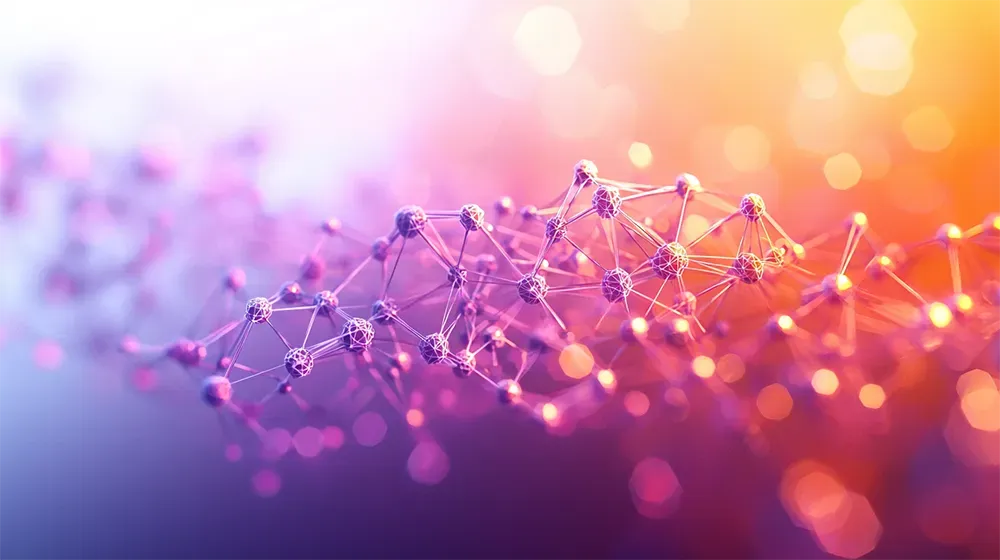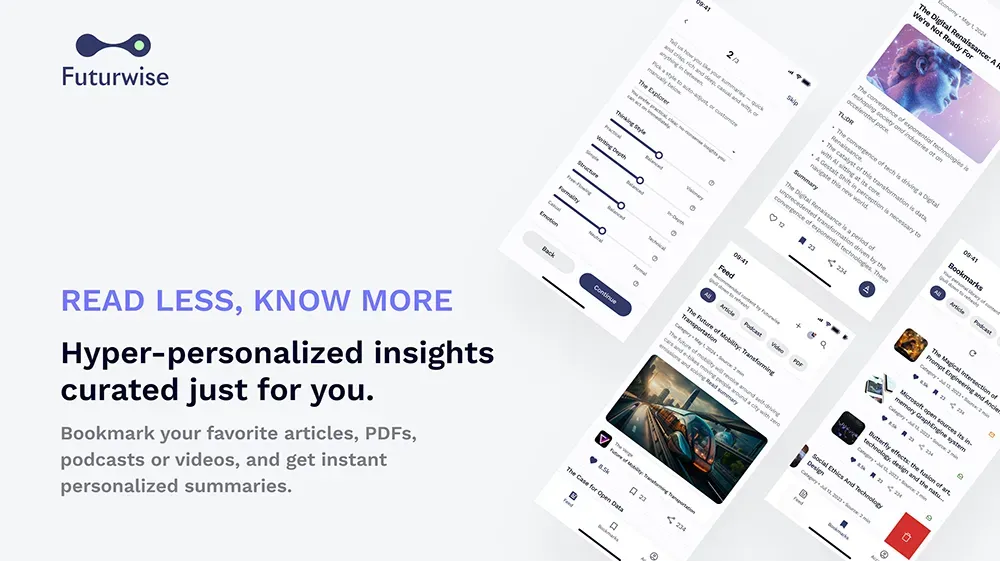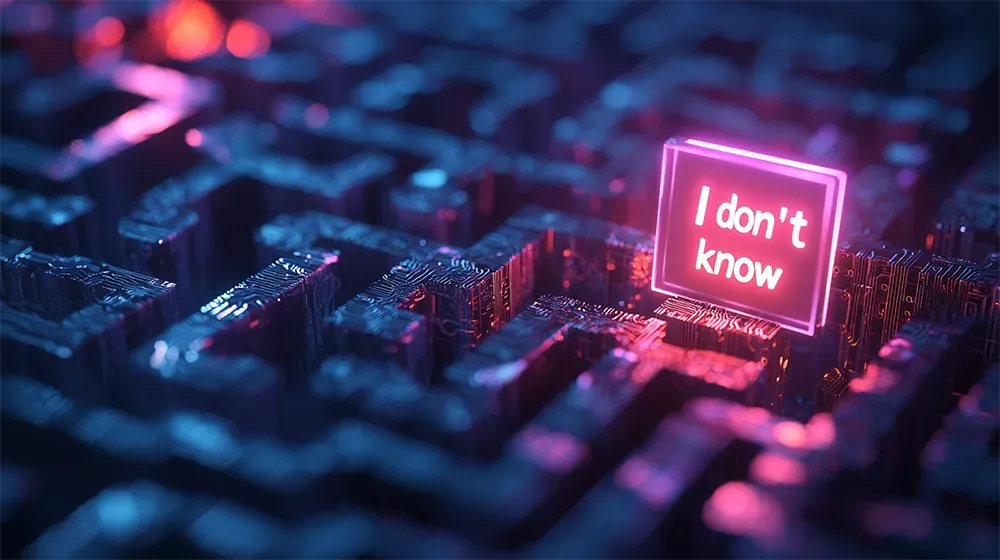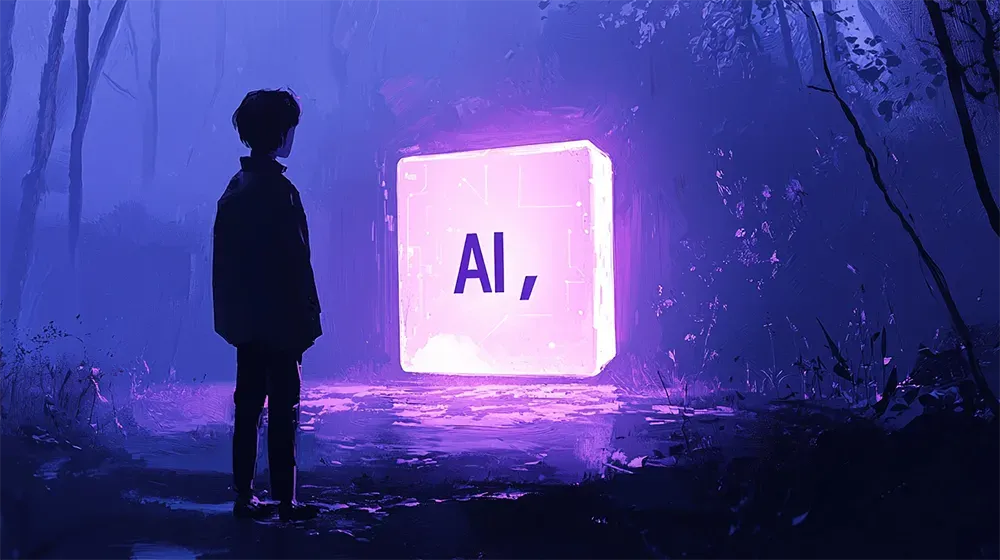From Kandinsky to Mycelium: How AI is Redrawing Innovation’s Blueprint

What if your next breakthrough material came not from a lab, but from an abstract painting? AI is bridging the gap between art and science in ways that sound like pure sci-fi.
Professor Markus Buehler’s AI model is transforming how we innovate by uncovering hidden links between art, music, and science. Using graph-based methods inspired by category theory, the AI connects seemingly unrelated fields — like Beethoven’s symphonies and biological materials — to design new concepts.
In one experiment, it used Kandinsky’s abstract art to inspire a mycelium-based composite, offering sustainable solutions for construction and wearable tech. By mapping over 1,000 scientific papers into interconnected graphs, this AI illuminates gaps in knowledge and suggests novel directions for research.
The implications range from bio-inspired materials to entirely new frameworks for innovation:
- AI maps knowledge via symbolic reasoning
- Art and science converge in material design
- Potential applications span biotech to architecture
As AI blurs the boundaries between disciplines, how can we use this newfound creativity to solve humanity’s biggest challenges?
Read the full article on MIT News.
----
💡 We're entering a world where intelligence is synthetic, reality is augmented, and the rules are being rewritten in front of our eyes.
Staying up-to-date in a fast-changing world is vital. That is why I have launched Futurwise; a personalized AI platform that transforms information chaos into strategic clarity. With one click, users can bookmark and summarize any article, report, or video in seconds, tailored to their tone, interests, and language. Visit Futurwise.com to get started for free!






